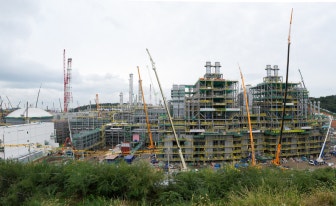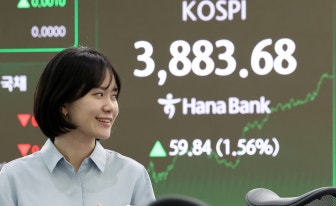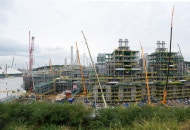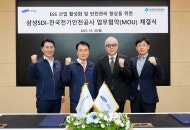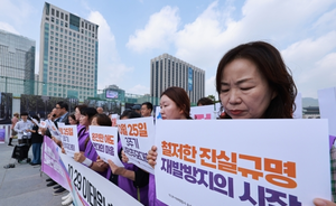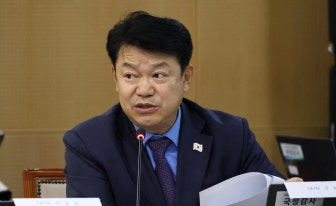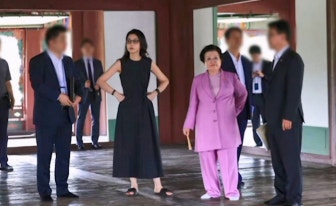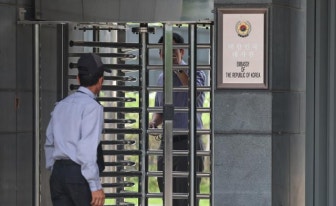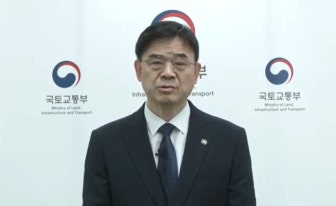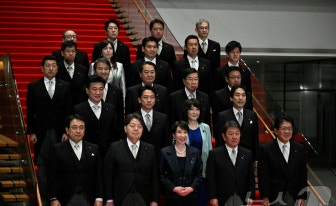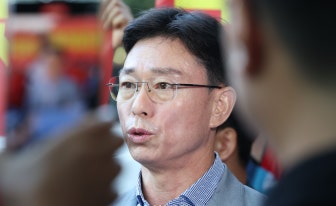| Dave Schulte, managing director of regional marketing at Boeing, speaks during a press briefing at Conrad Seoul in Yeouido. (Boeing) |
Boeing is sharpening its focus on South Korea for the decades ahead, casting the country as a key player in Northeast Asia’s aviation growth as traffic rebounds and supply remains tight.
At a press briefing on the company's aviation outlook on Friday, Dave Schulte, managing director of regional marketing at Boeing, shed light on Korea’s aviation growth and its upward trajectory over the next decade.
“Since 2005, we’ve seen tremendous growth in Korea,” Schulte said. “The number of airport pairs has grown by nearly 200 percent, while monthly flights have increased from 24,000 to 55,000 and monthly seats from 5 million to 12 million.”
Across Northeast Asia — covering Korea, Japan and Taiwan — Boeing projects passenger demand to grow by nearly 2.5 percent annually over the next 20 years, outpacing the region’s expected economic growth of just over 1 percent.
In Korea alone, Boeing forecasts passenger traffic to rise by 3.7 percent annually over the next decade.
Schulte attributed the forecast to Korea’s sustained strength in long-haul international traffic as well as steady expansion in the domestic market, driven in part by the world’s busiest air route between Seoul's Gimpo Airport and Jeju Island.
“The domestic market has grown by about 8 percent since 2019,” he said. “Within Northeast Asia, we’ve seen nearly 20 percent growth, while long-haul markets have also expanded by more than 4 percent.”
Boeing pegs the Northeast Asia region’s need at 1,515 new airplanes by 2044, with about 30 percent destined for Korea.
“They will be predominantly single-aisle airplanes, with almost 40 percent of the new delivery airplanes being twin-aisle widebodies,” Schulte said, adding that new-generation aircraft deliver 20 to 25 percent better fuel efficiency.
That projection aligns with Korean Air’s record order in August for 103 Boeing aircraft — the largest purchase in the airline’s history and Boeing’s biggest widebody deal from an Asian customer -- to be delivered in phases through the end of the 2030s.
Schulte described the deal as “a true testament to the Boeing products and the Boeing relationship with that airline.”
Cargo remains another key driver for the Korean aviation market.
“Incheon is the largest cargo market in Northeast Asia,” he said, noting that the airport handled about 1.4 million metric tons in the first half of this year, ahead of Taoyuan and Narita. “It’s carrying a tremendous amount of cargo from all of Asia and transiting throughout the world.”
For Boeing, aviation is more than a business; it is an economic multiplier, with the Northeast Asia market expected to need about 92,000 new workers over the next two decades, including 23,000 pilots, 27,000 technicians and 42,000 flight attendants.
“Bringing in new airplanes into the country and into the region has a direct impact on GDP growth, production growth and trade growth,” Schulte remarked.



